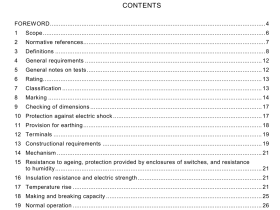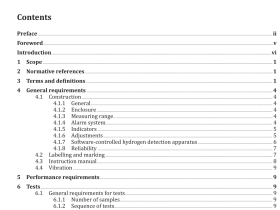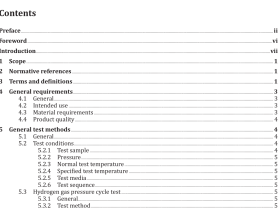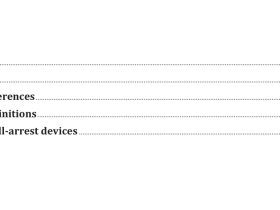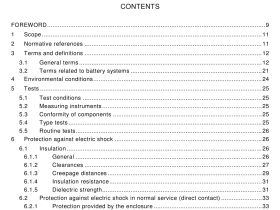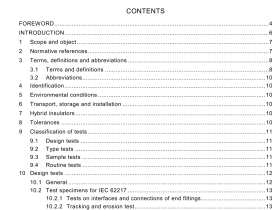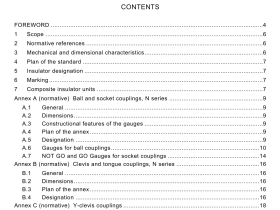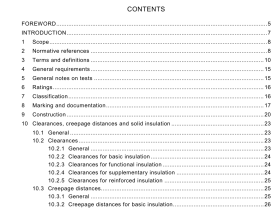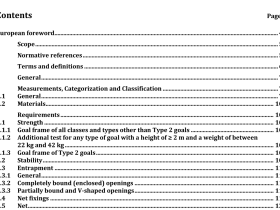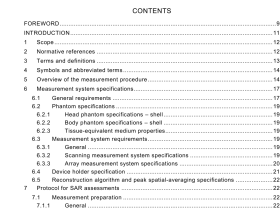AS 1289.3.6.3 pdf download
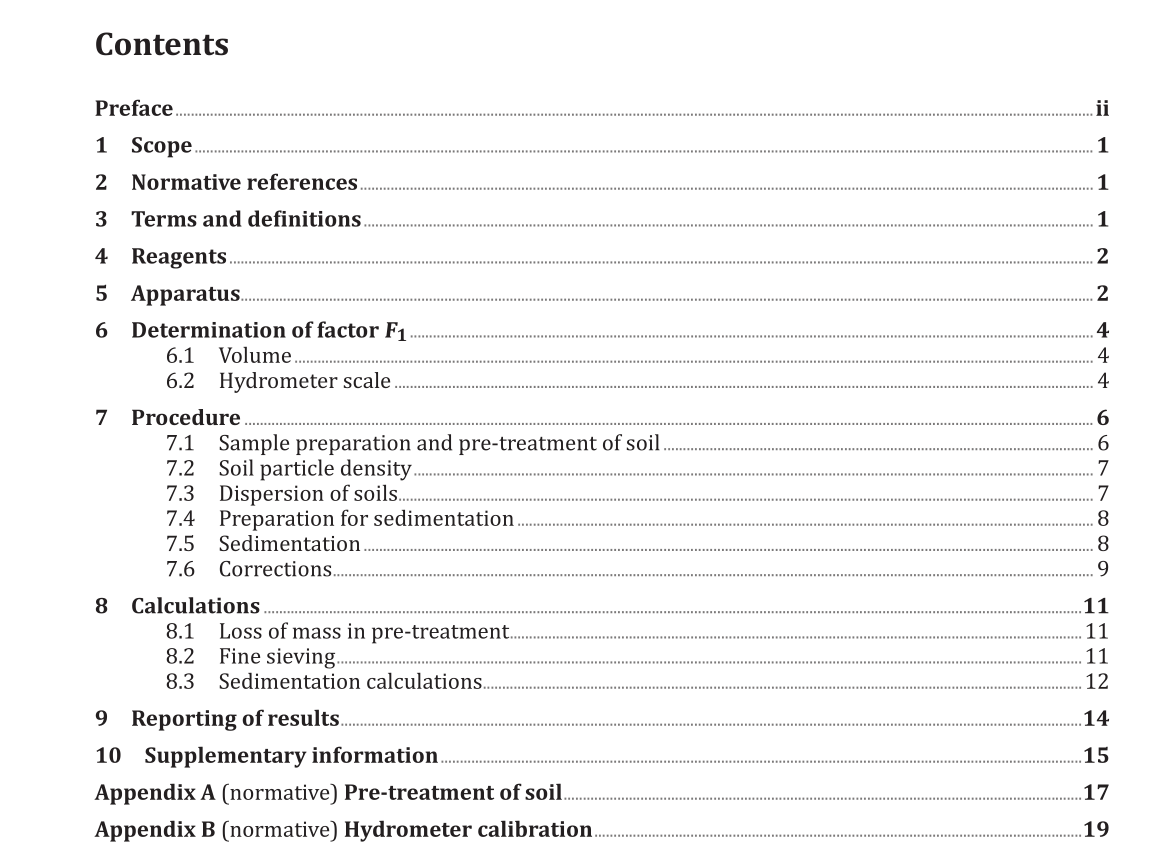
AS 1289.3.6.3 pdf download.Methods of testing soils for engineering purposes
1 Scope
This Standard sets out a method for the quantitative determination of the particle size distribution in a soil from a coarse sand size down, using an hydrometer for particles finer than the 75 μm sieve (see Clause 9 Note 1). The method as described is applicable if — (a) more than 10 % of the material passes the 75 μm sieve as measured in AS 1289.3.6.1; and (b) only an ASTM 152H hydrometer conforming to ASTM E100 is used. A method for calibrating an hydrometer is set out in Appendix B.
2 Normative references
The following documents are referred to in the text in such a way that some or all of their content constitutes requirements of this document: NOTE: Documents referenced for informative purposes are listed in the Bibliography. AS 1289.0, Methods of testing soils for engineering purposes, Part 0: General requirements and list of methods AS 1289.1.1, Methods of testing soils for engineering purposes, Method 1.1:Sampling and preparation of soils—Preparation of disturbed soil samples for testing AS 1289.2.1.1, Methods of testing soils for engineering purposes, Method 2.1.1: Soil moisture content tests— Determination of the moisture content of a soil—Oven drying method (standard method) AS 1289.3.5.1, Methods of testing soils for engineering purposes, Method 3.5.1: Soil classification tests— Determination of the soil particle density of a soil—Standard Method AS 1289.3.6.1, Methods of testing soils for engineering purposes, Method 3.6.1: Soil classification tests— Determination of the particle size distribution of a soil—Standard method of analysis by sieving ASTM E100, Standard Specification for ASTM Hydrometers
7 Procedure
7.1 Sample preparation and pre-treatment of soil For soils that contain organic materials and carbonates, pre-treatment may be required as set out in Appendix A. A sample shall be prepared using the moist preparation method. Air or oven drying of the sample may lead to secondary cementation of some soil samples. This test should be undertaken in combination with AS 1289.3.6.1 where material is retained on the sieve. (a) Obtain a sample that has been prepared in accordance with the procedure prescribed in AS 1289.1.1 and then perform the following steps: (i) Obtain sufficient representative sample passing the 2.36 mm sieve to provide, after riffling or quartering, two subsamples each about 50 g to 100 g and another subsample of about 200 g for determination of soil particle density. The mass of the smaller subsamples required will vary according to the type of soil, e.g. 50 g with a clayey soil and 100 g with a sandy soil. NOTE In relation to sedimentation sample size, Stoke’s Law was derived for a single sphere falling in a large body of liquid. It is not applicable to a highly concentrated suspension in which the particles are close enough to influence each other, but if the mass of solid matter in the suspension is not too large so as to cause interparticle interference, the deviation from Stoke’s Law is negligible. However, for some heavy clays it may be necessary to limit the suspension to not more than 50 g/L to avoid interference. (ii) From the representative sample, obtain the two subsamples of the material passing the 2.36 mm sieve, by riffling or quartering, and determine the moisture content (w) of one subsample in accordance with AS 1289.2.1.1, and the mass of the other subsample (m 3 ) accurately to the nearest 0.01 g. (iii) Place the second subsample (m 3 ) in the beaker.7.2 Soil particle density Determine the soil particle density of a soil subsample in accordance with AS 1289.3.5.1. If pre-treatment of the soil is required for the hydrometer analysis, pre-treat the subsample for soil particle density in the same manner.
